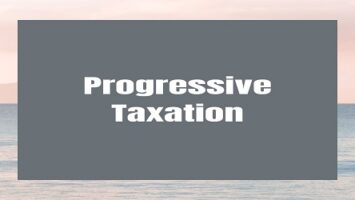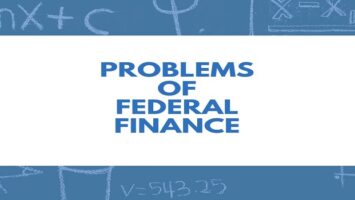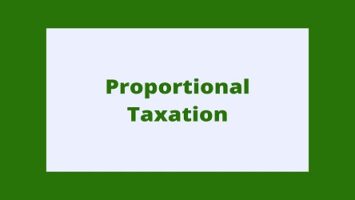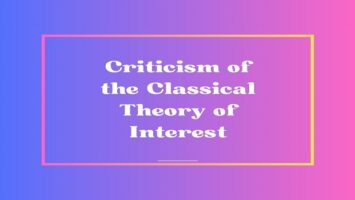Limitations of General Equilibrium Theory:
This theory, as represented by Walras’ model, has a number of serious limitations. We will, however, concentrate on two main drawbacks of the theory. Firstly, Walras’ model has been built upon the basis of perfect competition in all the markets of the economy. This is as would appear, a highly unrealistic assumption. Perfect competition is, indeed, a rare thing these days. It may exist in a few markets, like the market of raw materials. But in the vast majority of markets, what exists is not perfect, but imperfect competition. Walras’ model reflects no reality when it bases itself on perfect competition in all the markets. Secondly, Walras’ model is highly static. It is based on the assumption that the tastes of the households (consumers) and the production coefficients of the firms are fixed. They do not change at all with the passage of time. In fact, the model does not seem to recognize even the existence of time. It assumes that all the firms in the economy always produce exactly the same things, in exactly the same way and in exactly the same proportions. It also assumes that all the households (consumers) in the economy always consume exactly the same things, in exactly the same way, and in exactly the same proportions. The model presupposes that everything happens in the economy in a preordained manner “as in electric circuits”- that there are no uncertainties and risks involved, and that there are no imbalances between production and consumption or between demands and supplies. The truth is that the general equilibrium in the sense in which it is used in this theory exists nowhere. The demand for each resource does not equal its supply, nor does the supply of each commodity equal its demand. This is obviously an impossible situation in an economy based on perfect competition.
Some economists have tried to remove the statism of Walras’ model by doing away with his static assumptions pertaining to fixed production coefficients, constant tastes of the households, and constant returns to scale. Prof. Hicks, for example, investigates what happens when changes take place in interlinked demands, supplies, and prices. Some economists have gone so far as to challenge the very basic assumption of Walras’ model, namely, the existence of perfect competition in all markets. They have sought to reconstruct the model by bringing in certain forms of imperfect competition. But these efforts have not been particularly successful over the years.









Comments (No)